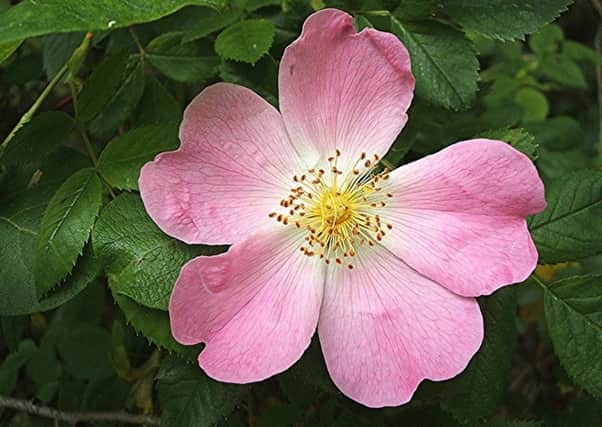Country Diary: Symbol of the British monarchy


Swifts screamed as they darted high above – remarkable birds that seldom settle, and even sleep on the wing! I scarcely sleep at all during hot, humid nights.
It’s been a busy time indoors and out, and attempting to plan my holiday in Llandudno, particularly regarding what to pack for unpredictable weather.
Advertisement
Hide AdAdvertisement
Hide AdChristine requested we took even more tadpoles to Thoxenby Mere from her pond. Whilst calling to see Margaret en route, she was amazed we had tadpoles with us, and as she was so enthusiastic to have some, we left a good number in her pretty little pond.
On our way, we decided to call instead at a pond beside Raincliffe Wood. Parking at Raincliffe Gate, we followed the track to a site on the left, but this pond was now very overgrown. Also, the handgate was locked, and barbed-wire fencing prevented entry. However, red campion enlivened wood and hedgerow with its cheerful pink-red flowers. Each red campion plant has flowers of one sex only, therefore two plants are needed to make seed. Both are scentless. Returning to the car park, we discovered in the damper ground close by, red campion and green alkanet growing together. Why is it called ‘green’, when its coiled sprays of flowers are blue, I wonder? The flower is funnel-shaped, and the mouth of the funnel is partly closed by five white scales, giving it an eye-like appearance. Because of this, local names include ‘bird’s-eye’ and ‘pheasant’s eye’. It was often found growing near medieval abbeys.
At that time it was mainly cultivated as a source of red dye. Its roots supplied the red dye, which Egyptian women used on their hair and nails. Why not try it? More recently, alkanet has been used for tinting oils and cheap port wine. It seems to have no medicinal properties.
So – it was back to the mere – its marshy banks emblazoned with yellow flag irises. The word ‘iris’ is Greek for ‘rainbow’ and plants grown in gardens for their showy flowers are in shades of yellow, violet, blue and white. As it leaves are sharp-edged, some call it the sword flag, as they can cut if handled roughly.
Advertisement
Hide AdAdvertisement
Hide AdDepositing the tadpoles in the shallows, we made our way home, admiring yellow carpets of meadow buttercups – a traditional sight of the British countryside.
Dog roses now brighten hedgerows – symbols of the British monarchy since Henry VII’s reign. Apart from royal connections, its rose hips are rich in vitamin C.
Unkempt about those hedges blows,
An unofficial English rose – Rupert Brooke.